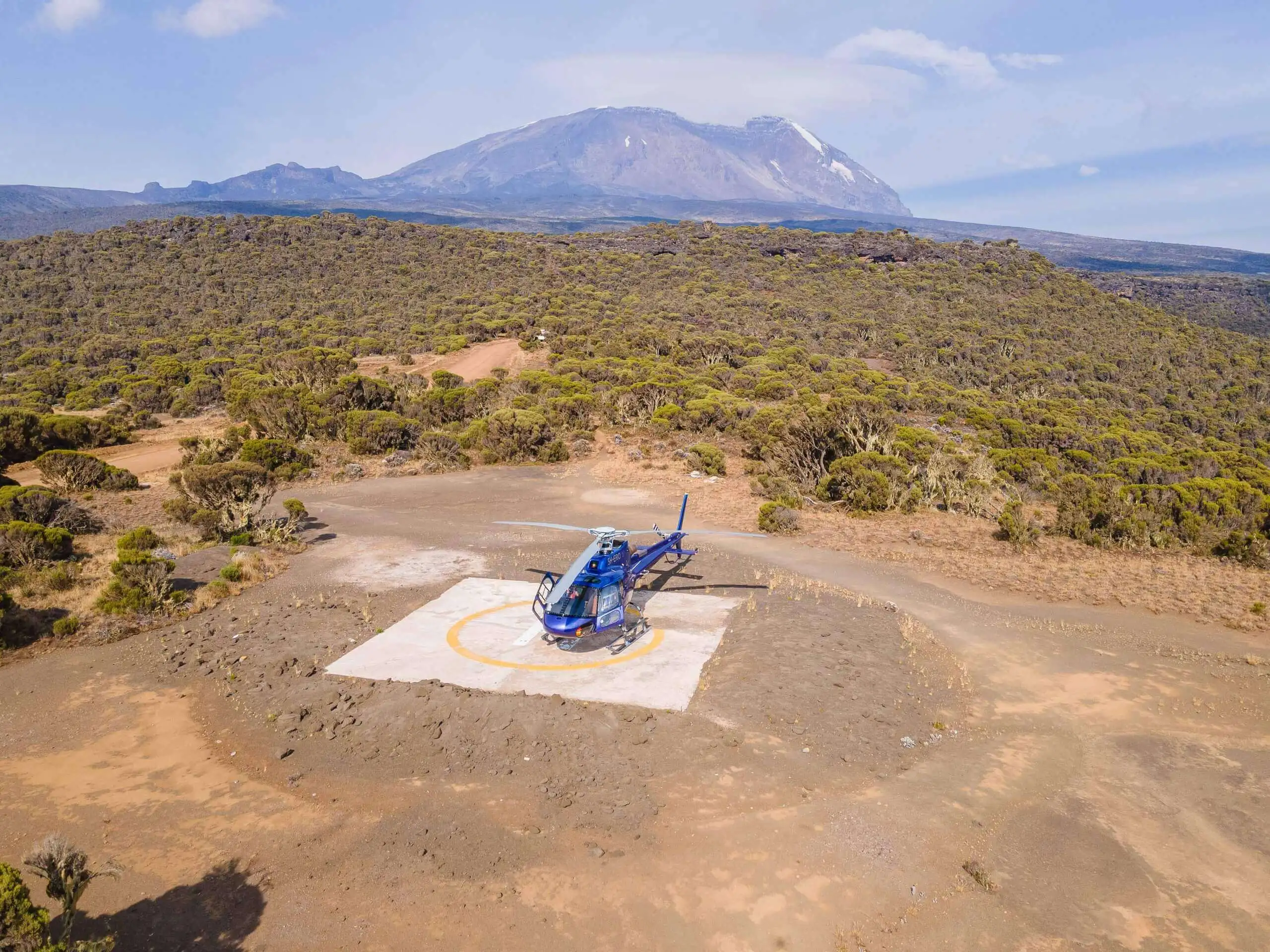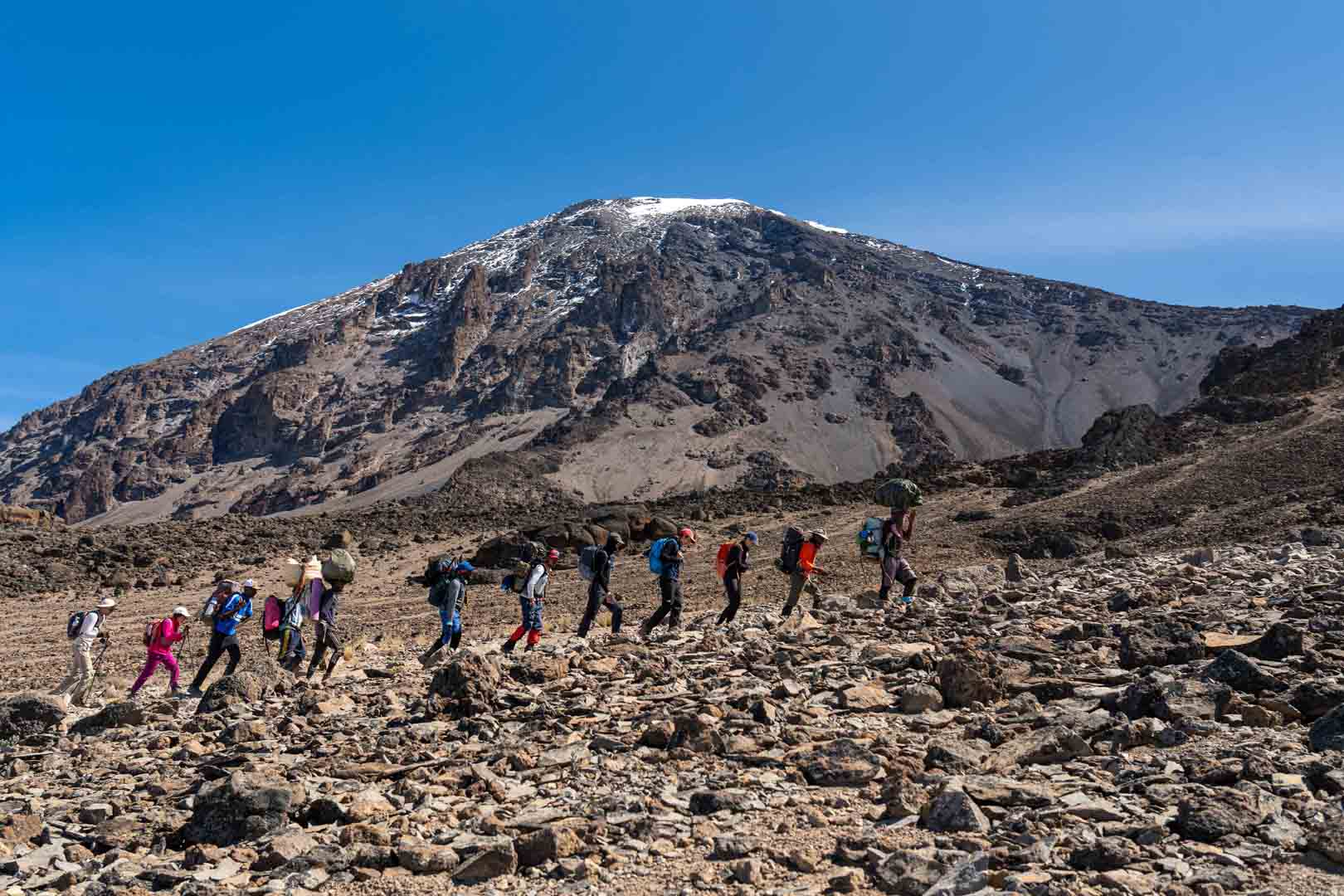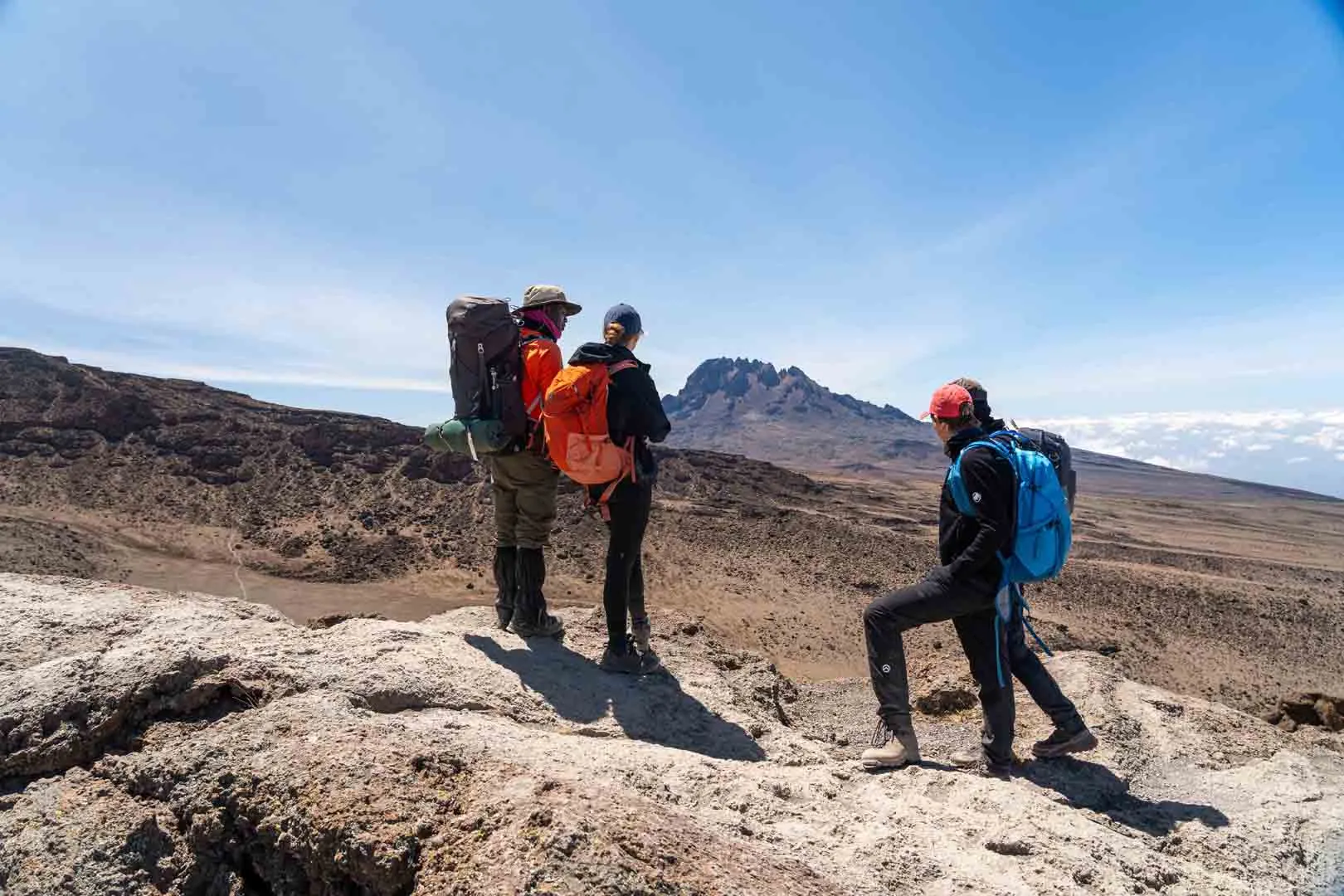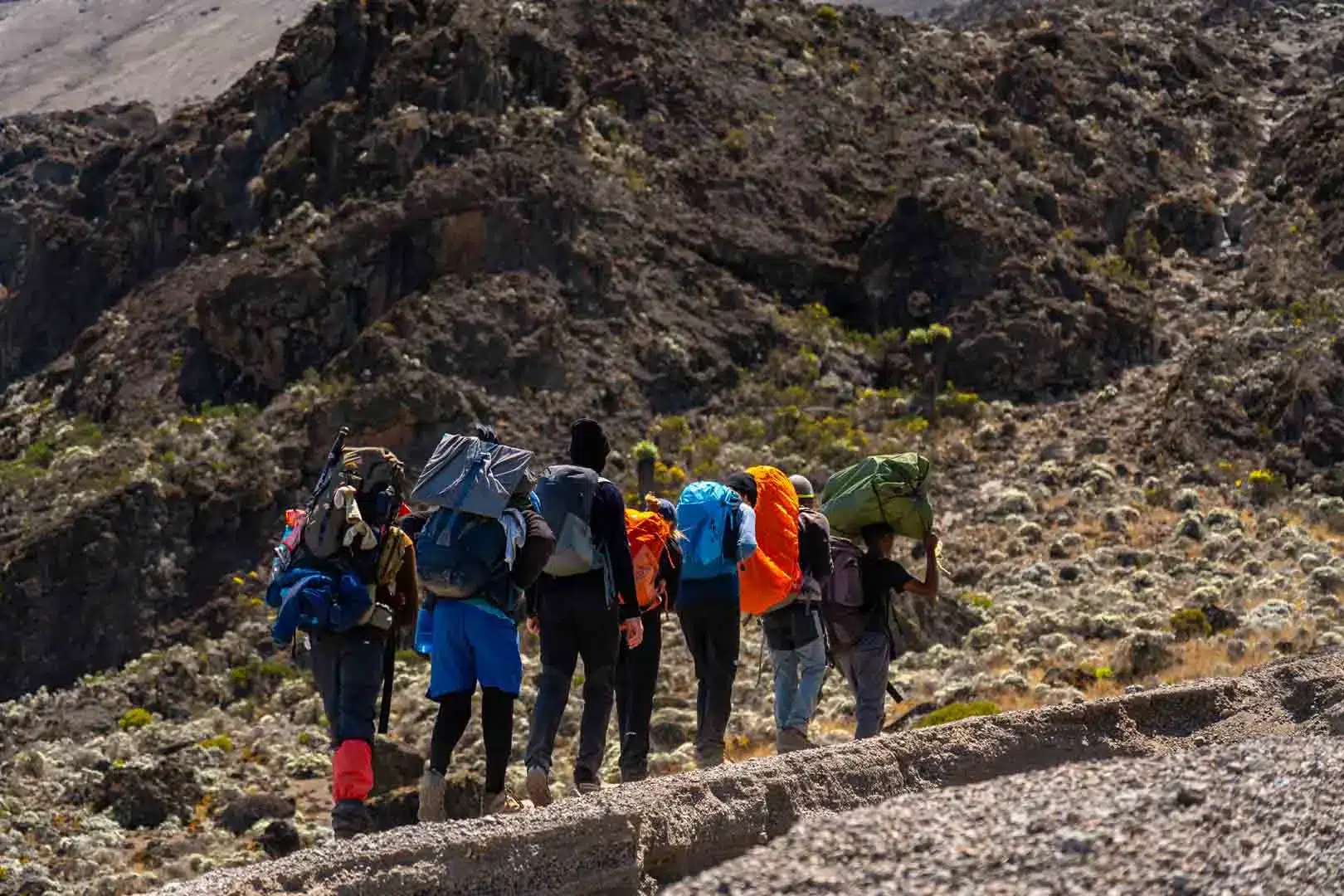Helicopter rescue on Kilimanjaro has evolved a great deal over the years. The capabilities of these powerful machines to swiftly access remote, high-altitude areas where traditional ground rescue teams would struggle has rendered them indispensable for rescuing injured or ill climbers.
Our fleet is equipped with state-of-the-art navigation systems and cutting-edge rescue equipment, enabling us to perform precise and efficient extractions, even in the most demanding weather conditions. Whether it’s navigating across hot and high elevations or landing on rugged terrain, our helicopters are designed to handle it all.
This capability, paired with a partnership with professional mountain guides, significantly reduces response times, which is crucial in emergency situations where every minute counts. The ability to quickly reach a climber in distress, provide immediate medical attention, and transport them to safety can make the difference between life and death. As a result, helicopters have not only improved the efficiency of rescue operations on Kilimanjaro but have also enhanced the overall safety of climbing the mountain.
Furthermore, the integration of helicopters in mountain rescue has also reduced the physical strain on ground rescue teams, allowing them to focus on less accessible areas or assist in coordination efforts from safer positions. This multi-pronged approach to rescue ensures that every aspect of an emergency is handled with the utmost care and expertise.
In summary, helicopters have transformed the landscape of mountain rescue on Kilimanjaro, offering a rapid, reliable, and life-saving solution for climbers facing perilous situations.
If you are in need of helicopter evacuation services, please contact us via our emergency hotline number +255 745 466 255 or email us via info@tropictz.com.
Our evacuation rates as of 30th August 2024 are: $3,500 for a single recovery flight with each consecutive flight from the same group charged at $2,000. Casualties are dropped off at Kilimanjaro Christian Medical Center in Moshi.





Recent Comments